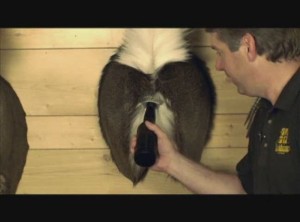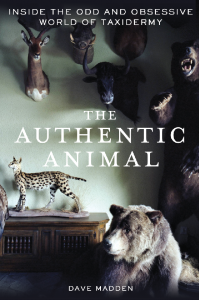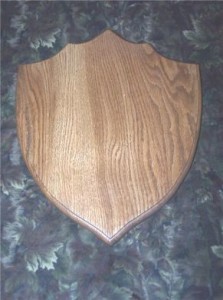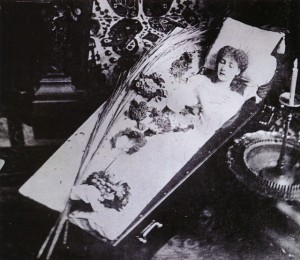I’m working on an essay that’s mostly a revision and updating of my series of Taxidermy in Trouble posts from a while back. In doing some research on big-city taxidermy classes marketed to hipsters, I found this article on Atlantic.com. Here’s a bit from the second page:
The actual procedure of taxidermy varies from animal to animal, but it always starts the same: with a longitudinal incision down the animal’s midline — a great big cut from neck to nethers
A couple years back, I wrote a book on taxidermy. Here’s how it opens:
To skin an animal, you start with a single cut somewhere around the throat and draw the knife downward in a thin, straight line to the nethers. It’s a lot like unzipping a fly. The thrush. The tomcat. The tusker. The beginning is always the same: a single cut. After this beginning, every animal presents its own challenges, the idiosyncrasies of its own terrain.
So I had a taste for the florid. I had 75 thousand more words to write! At any rate, it’s not like the way to skin an animal is my idea, but reading the piece I saw a little piece of my work in it, which is the first time that’s happened.
Earlier in the article, the guy references “at least three full-length books [that] have documented the growing taxidermy subculture.” I wonder if I can get him to write a blurb: “The Authentic Animal is one of at least three full-length books I scanned the beginnings of to put an article together once.”












